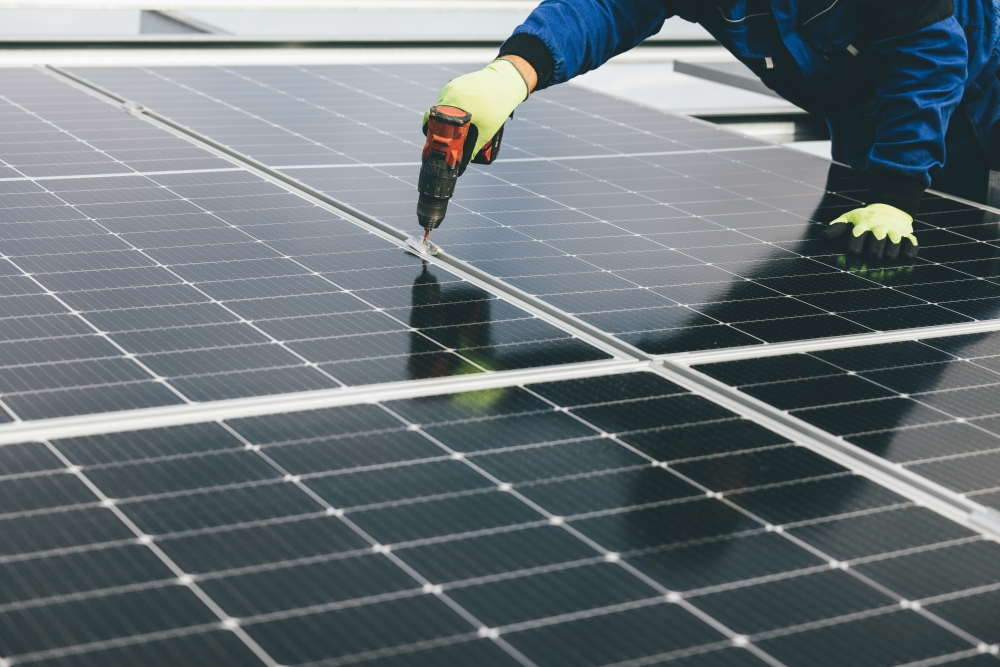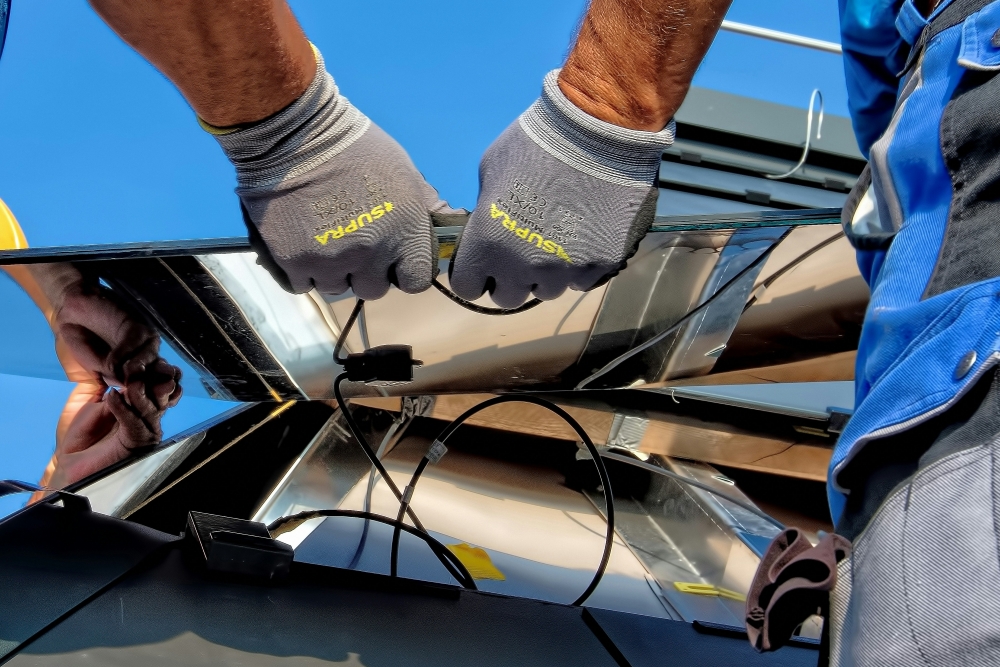
Solar asset management is pivotal in maximising the output and lifespan of solar energy projects. This strategic approach ensures the longevity and efficiency of these installations and boosts their overall financial and environmental performance.
However, given the increasing reliance on solar energy as a clean energy source, effective management of these assets becomes crucial for sustainable development. In this blog post, we explore the key challenges in solar asset management and how technology can help in renewable energy maintenance.
Key Challenges in Solar Asset Management
Managing solar assets involves overcoming several significant challenges:
1. Technical Challenges
One of the primary hurdles in solar asset management is navigating the technical complexities associated with the maintenance and operation of solar panels and related technologies. Issues such as panel degradation, inverter failures, and the efficiency of solar performance monitoring systems can affect output. Ensuring optimal performance necessitates rigorous monitoring and maintenance routines.
2. Financial Challenges
Financial hurdles are also significant in solar asset management. From the initial capital investment to ongoing operational costs, managing the finances of solar projects demands proper planning and analysis. The fluctuation in return on investment, driven by varying energy yields and market prices for clean energy certificates, adds complexity to financial management in this sector.
3. Regulatory and Compliance Challenges
Navigating the regulatory and compliance landscape is another critical challenge. Solar energy projects must adhere to various regulations, including safety standards, environmental impact assessments, and regulations pertaining to the generation and trade of renewable energy certificates. Keeping abreast of these regulatory changes is vital to ensure compliance and avoid penalties.
The Role of Technology in Addressing Solar Asset Management Challenges
Technology plays an indispensable role in addressing these multifaceted challenges. An asset management software, for instance, provides a centralised platform for tracking performance data, scheduling maintenance, and managing contracts.
Predictive analytics, another critical technological tool, enables proactive management by forecasting potential issues before they become problematic, thereby minimising downtime and extending the lifespan of solar components.

Future Trends in Solar Asset Management
The field of solar asset management is set to evolve substantially due to technological advancements and regulatory changes. Emerging technologies like artificial intelligence (AI) and machine learning are being integrated into solar asset management systems, enhancing their capability to predict system failures and automate maintenance schedules.
Moreover, as the regulatory environment continues to promote renewable energy, solar asset management strategies will need to be adapted to align with new laws and standards to maximise operational legitimacy and efficiency.
Securing a Sustainable Future Through Effective Solar Asset Management
The complexity of managing solar assets highlights the importance of robust, forward-thinking strategies. Effective solar asset management not only supports the sustainability of the energy sector but also ensures the profitability of investments in this increasingly crucial area.
As solar technology advances and the regulatory landscape evolves, the role of asset management becomes ever more critical in harnessing the full potential of solar energy systems.
For businesses looking to enhance their solar asset management capabilities or to trade renewable energy certificates, platforms like REDEX provide renewable energy solutions that streamline operations and support sustainability objectives. By embracing these advanced tools and strategies, companies can ensure that their solar assets are managed efficiently, sustainably, and profitably.

